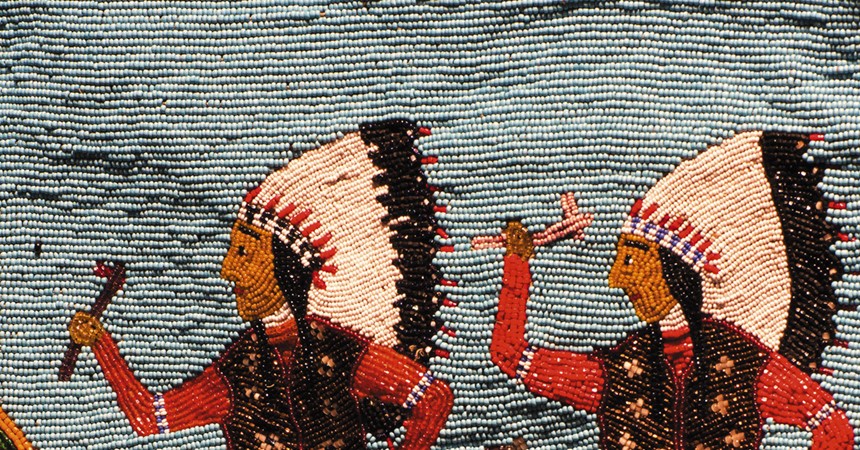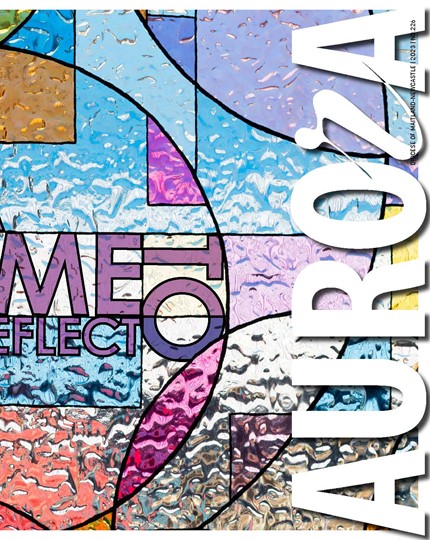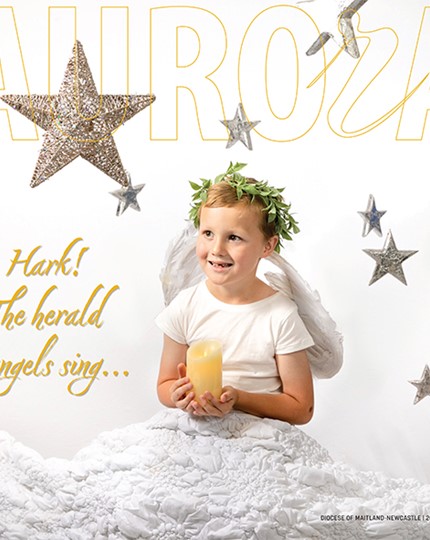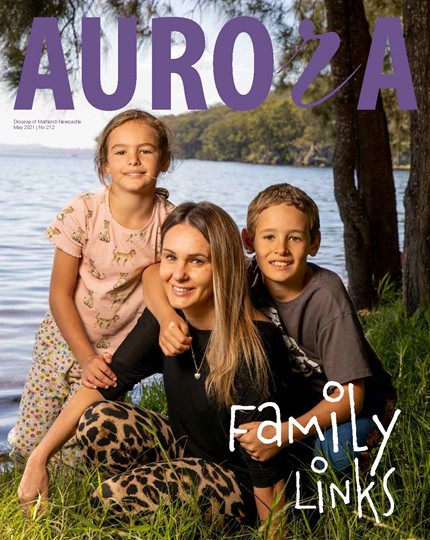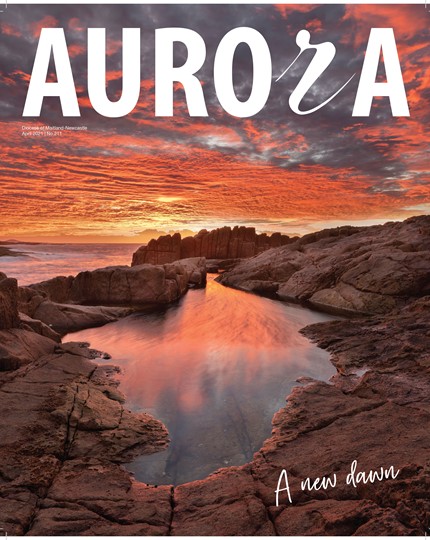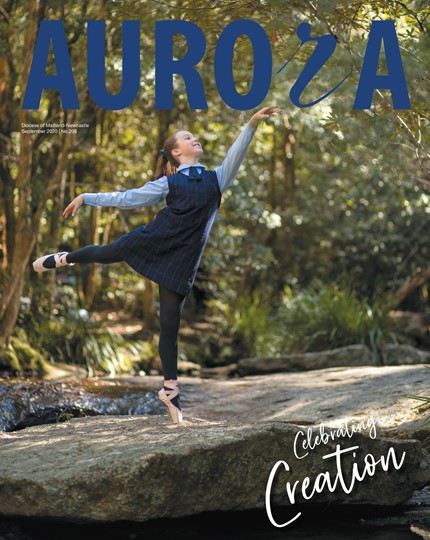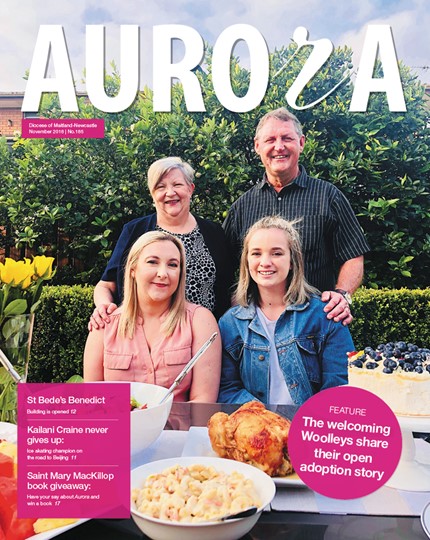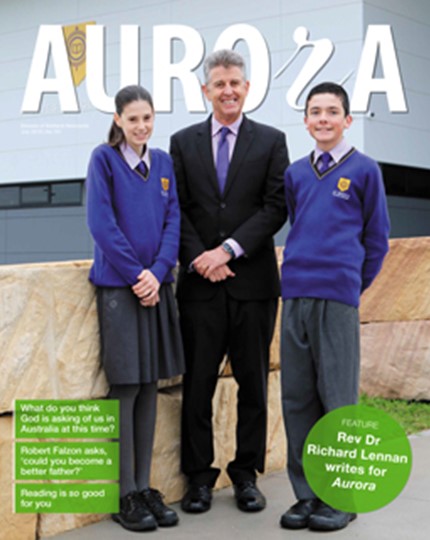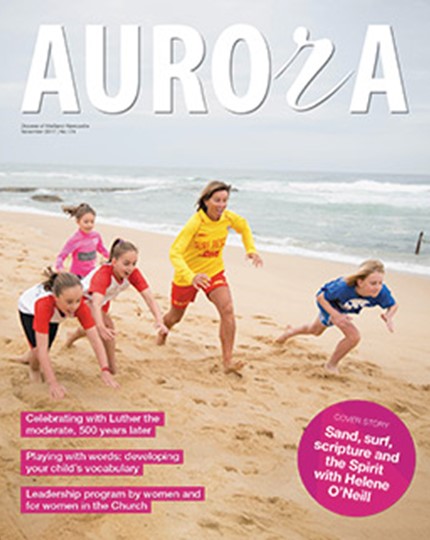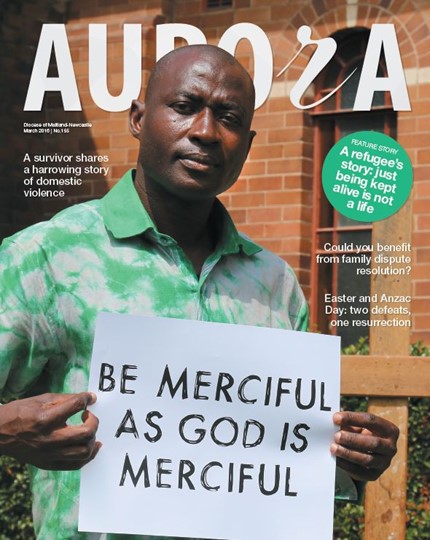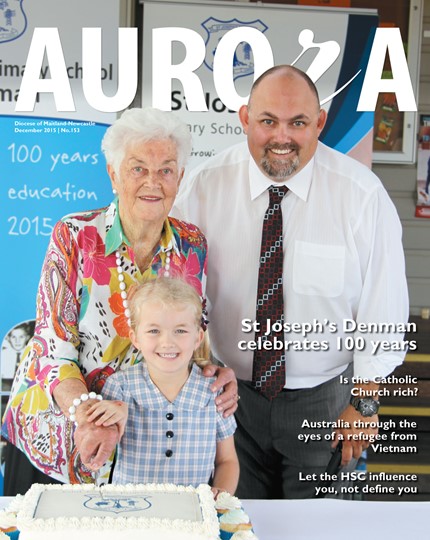As a kid I loved to play cowboys and Indians.
I also loved the movies that fed my imagination. I savoured the vicarious experience of tension and terror. Red savages could materialise from any frame, lusting for scalps.
I especially loved it when, down to our last bullets, we heard the distant bugle and saw the rapidly approaching cloud of dust from the mighty cavalry.
The film would cut to the galloping ponies thundering to the rescue. Then the incredulous, terrified faces of the Indians; their headlong flight in panic; their massacre before our delighted eyes.
It felt good. I jaunted home from Hoyts New Lambton totally satisfied, eager for next Saturday’s matinee.
They knew how to give us a consummate emotional experience – even in black and white. They would bring us to the edge, and then to elation as all was resolved as it should be. The cowboys always killed the Indians. Our emotions demanded it.
Cowboys were people like us. Indians were savages. There was no portrayal of their humanness on the silver screen. That would take from the cathartic experience I relished.
Nothing was shown of injustice. Nothing was revealed of the warriors’ human qualities or gentle side, their love for family, their affinity with nature and land. Nothing told of the impact on wives, children, aged parents, of killing these men. It was all just left out.
Prior to the film Little Big Man in 1970, I had left behind those black and white days. The Indians had become humans too.
That film, however, had shown what the black-and-whites had not – the Indians were people who loved and suffered and bled like us. The other side of the story! In showing this it had demonstrated how manipulated, de-sensitised and skewed we can become.
My childhood experience came to mind some little time ago when I realised with revulsion that I had an adult substitute.
Perhaps that should be ‘adultery substitute’.
I was watching a standard man-meets-woman movie which was progressing in typical fashion when it emerged that one was married. An unexpected turn, but not one to interfere much with their developing relationship. Nor, emotionally, would an audience want it to – myself included, I observed to my dismay.
The film rapidly advanced toward sexual consummation, as today’s cinema romances do. We were not to be deprived of that climax any more than we could have borne the frustration of an averted massacre of the Indians.
Shame and incredulity at my moral ineptitude was only matched by reluctant admiration for the sheer cleverness of the film makers. They had manipulated me emotionally, and no doubt countless others, just as many similar films have done.
And it was done with the same simple technique used by the old fashioned cowboys and Indians movies. Don’t show the other side!
Don’t show the destruction of other relationships. Don’t show others suffering. Don’t show the others as real humans. The spouse and children of an unfaithful leading character – don’t even show them! If you want your audience to feel good, that is.
Show the victims in their human sufferings and you compromise the vicarious pleasure of cinematic infidelity. Audiences don’t want that. They may feel cheated.
We would not now make or tolerate a film about Native Americans in the old style. We are alert to the deficits, imbalance and distortions of that genre. We see the incorrectness. We are in tune with the injustices. We know the other side. We are alert to human suffering behind the source of our erstwhile pleasures. We would be embarrassed.
Will the same maturity emerge one day concerning our response to adultery in movies, I wonder? Will we get to a stage where we don’t want ourselves manipulated to desire the on-screen consummation of adultery, because adultery has victims? Will we overcome indifference to the pain of the betrayed – even in movies – just as we have developed sensitivity to the sufferings of others which were not projected onto the screens of my childhood?
I suppose something in us will always want to cheer the cavalry.
